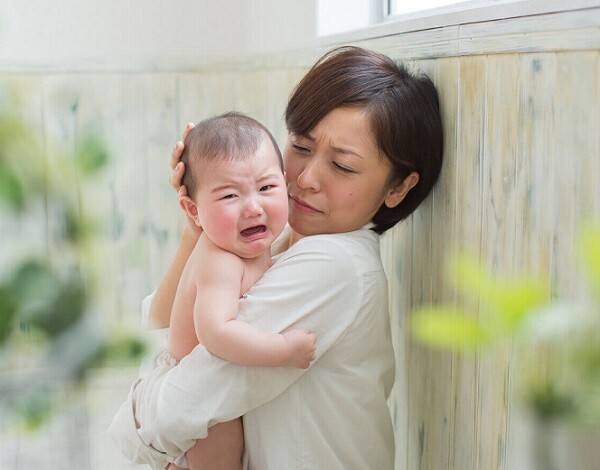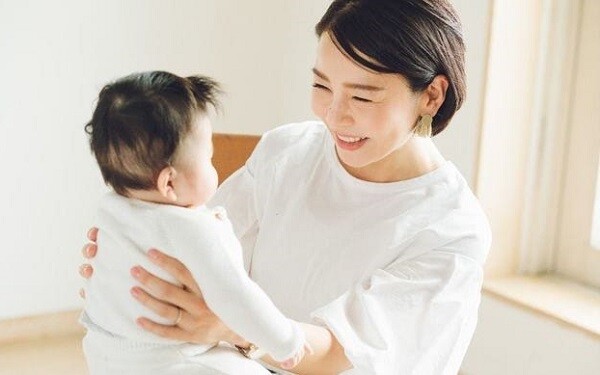While it’s a common old-age belief that infants’ reactions to strangers may be related to some mysterious phenomenon, the truth is that it’s a natural part of their psychological and emotional development. Infants may feel unsafe and easily startled when they encounter strangers.

Children, especially in their early months, have not yet fully developed their cognitive abilities and social discrimination skills. They can easily sense the difference between familiar and unfamiliar faces.
When encountering strangers, the feeling of anxiety and fear may cause them to cry as a way of communicating their discomfort to adults. Thus, there are mainly two reasons why infants cry when meeting strangers, and parents should be aware of them to better respond to and care for their children’s physical and mental well-being.

Infants see things differently than adults
In fact, the difference in perception between infants and adults mainly stems from the underdeveloped visual system of young children.
For a four-month-old infant, the cone cells in their retina are not yet fully developed. Their world appears like an old film filter: high contrast and low resolution. This means they perceive shapes and colors but not the fine details that adults do.
For instance, the face of an elderly person with wrinkles, unshaven facial hair, reading glasses, and dark clothing may appear strange and scary to an infant. Elements like lighting and shadows, which adults perceive as normal, can cause confusion and discomfort in infants. This is a typical occurrence during the developmental stage of their vision.
As children grow and their vision improves, the cone cells become more efficient, allowing them to distinguish more colors and details. The eerie filter fades away, and what used to scare them becomes familiar and pleasant. They naturally stop crying out of fear and begin to explore and recognize the world around them with curiosity and excitement.
Therefore, instead of worrying when infants cry at unfamiliar sights, parents should be patient and facilitate their gradual acquaintance with new people and situations. Let them perceive and explore the world naturally, as this is a crucial part of their growth and development.

Infants mostly express their discomfort by crying.

Infants cry as a self-protection mechanism
As a typical instinctive reaction, when infants feel uncomfortable, they mostly express it by crying. This is their way of communicating with the world around them and a natural protective mechanism.
When they see someone who looks a bit “scary” or “unusual” or hear unusual sounds, they feel unsafe and cry to alert their parents to remove them from the “dangerous” situation.
For example, after three months, infants gradually start to remember the scents, shapes, and voices of their parents and regular caregivers. Elderly strangers they meet for the first time, with wrinkles on their faces, hoarse voices, or the smell of tobacco on their bodies, can make them feel uncomfortable. In such situations, crying becomes a natural response, expressing their anxiety and need for protection.
Just like us when we encounter something scary, we instinctively want to escape or seek safety.
The world of infants is actually very simple: Familiar things bring a sense of security, comfort, ease, and pleasure.

Parents should be patient and facilitate their children’s gradual acquaintance with new people and situations.
Therefore, it’s essential for parents to create a safe environment for their children to gradually get used to strangers. This can be achieved by creating friendly situations where children are gently exposed to novelties in a relaxed and warm atmosphere.
When introduced to strangers gradually and in positive situations, children will build trust and feel more comfortable. Giving them time and space to explore and connect naturally will foster their self-confidence and social skills. Parents should be patient and accompany their children on this journey, as each small step is crucial in building a strong and open-minded personality in the future.




































